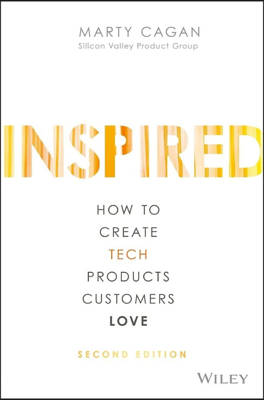PART V: The Right Culture
In Part V, the focus shifts to establishing the optimal product culture within organizations, emphasizing the stark contrasts between successful and unsuccessful team dynamics and the environments that foster innovation and efficiency.
Good Product Team/Bad Product Team
Through a comparative analysis between high-functioning and underperforming teams, several key distinctions are highlighted:
- Good teams are driven by a strong product vision and a mission-like dedication, whereas bad teams operate like mercenaries without a compelling direction.
- Good teams derive inspiration from direct customer interaction, data analysis, and technological advancements to solve real problems. In contrast, bad teams often rely on requirements passed down from sales or directly from customers without further innovation.
- Good teams excel in rapid experimentation of product ideas, quick to discard what doesn't work and iterate on what does. Bad teams, however, tend to stick to rigid roadmaps and prioritized feature lists without actual validation of need or success.
- Collaboration and integration among product, design, and engineering are hallmarks of good teams, fostering a dynamic environment of shared ideas and mutual respect. Conversely, bad teams work in silos, often with a formal, document-driven request system that stifops spontaneity and creativity.
- Good teams continuously engage with their customers and users, gathering insights and reactions to refine their products. Bad teams assume they know the customer's needs without seeking or incorporating real user feedback.
- Commitment to data-driven decisions and continuous delivery keeps good teams aligned with actual user behavior and market responses, ensuring product relevance and quality. Bad teams may overlook the importance of analytics and prefer large, infrequent releases that increase the risk of larger scale issues.
Top Reason for Loss of Innovation
Loss of innovation particularly in large or scaling organizations can often be traced back to specific cultural and operational deficiencies:
- Lack of a customer-centric culture: Innovation thrives in an environment where customer feedback and satisfaction drive development efforts.
- Dilution of a compelling product vision: Without a strong, forward-looking vision, teams may struggle to see beyond the current product capabilities.
- Inadequate focus in product strategy, trying to cater to everyone at once, which dilutes efforts and impacts product quality and uniqueness.
- Absence of strong product managers and unstable teams, which are crucial for consistent innovation and understanding complex customer and market dynamics.
- Underutilization of engineers during the discovery phase and a corporate culture adverse to taking risks further stifle innovation.
- Empowerment of product teams: When teams are not empowered, they revert to merely executing on predefined feature sets rather than innovating solutions.
Top Reasons for Loss of Velocity
Factors contributing to slowed production and inefficiency include:
- Accumulation of technical debt and outdated architectures that hinder rapid development.
- Infrequent release cycles and lack of automated testing which are critical for maintaining momentum in product updates.
- Ineffective integration of key roles early in the discovery process, such as engineers and product designers, which can lead to bottlenecks and suboptimal designs.
- Cultural issues such as a consensus-driven decision-making process that slows down agility and responsiveness.
Establishing a Strong Product Culture
The ultimate goal is to cultivate a dual-focused culture that excels in both innovation and execution. Key aspects of this culture include:
- A balanced emphasis on both experimentation and high-integrity commitments which fosters a proactive, result-oriented environment.
- Recognition of the contributions across teams, whether in idea generation or in meeting critical project commitments.
Successful innovation and execution require a strategic approach to organizational culture and processes, understanding that while the two may seem at odds, they can coexist to propel a company towards sustained success and market leadership.
